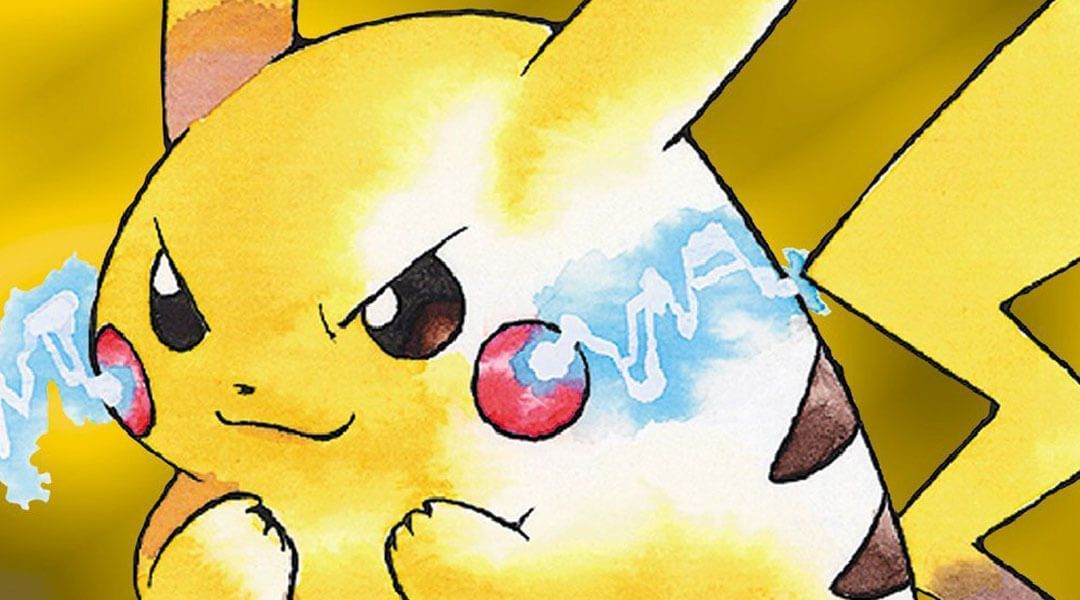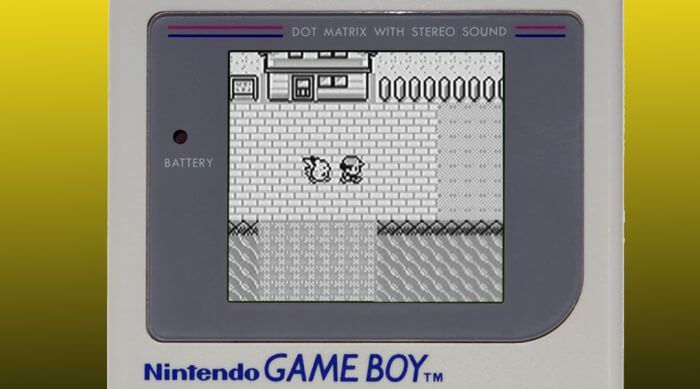
Pokemon Yellow Version Review
By Riley Little 26 February 2016
One editor dusts off his Game Boy to play through and review Pokemon Yellow. Does the game still hold up after all of this time or is it better left nostalgically in the past?
Nostalgia is a rather fickle beast, but it’s one that certainly serves a purpose. Pokemon fans in particular can relate to such a claim, what with Nintendo and The Pokemon Company playing up the fact that 2016 marks the franchise’s 20th anniversary. To celebrate, the companies have announced a myriad of new products that they plan on releasing in order to capitalize on the aforementioned and ever-potent feelings held for the original trio of Pocket Monster titles, Pokemon Red, Pokemon Blue, and the definitive Pokemon Yellow Version – primarily through re-releases on the 3DS Virtual Console.
It’s for this reason that I was inspired to pull my weathered Game Boy Color out of storage (read: a cluttered box in my old room) and reacquaint myself with the Kanto region in the aforementioned Pokemon Yellow. I was weary that revisiting a game that I’d held so close to my heart after all of these years would taint my perception of the adventure I’d had in my youth. As it turned out, it didn’t, as the game has held up remarkably well in the time that has passed since its original release in 1999.
As many longtime fans will already know, the game is structured to more closely resemble the events of the original anime show. Completely overlooking the original three starter Pokemon (Charmander, Squirtle, and Bulbasaur), I was dealt the series’ mascot, Pikachu, as my initial monster. Much like the animated show, the electric rodent refuses to stay in its Pokeball and instead followed my character on-screen. Yellow Version pioneered this mechanic, and later resurrected it in Pokemon Heart Gold and Soul Silver, but it’s a fun feature that helps differentiate it from Red and Blue from the early stages of play.

Outside of the capsule-less Pikachu, familiar faces from the cartoon show also pop up (a la Team Rocket’s Jesse and James) which rounds out the cast of characters. More importantly, the need to trade in order to obtain all of the original starter Pokemon is removed entirely, as I handily scored every single one of them by simply completing tasks and talking to trainers within the game world. Once obtained, I was able to create one of the better Pokemon teams in recent memory, with the original cast of critters making for an entirely familiar lineup.
If there’s one major problem that accompanied my process of scoring Charmander, Squirtle, and Bulbasaur, however, it was that they arrive at such a low level too late in the game. They are obtained almost back-to-back-to-back, but the level of the existing Pokemon on my team was noticeably higher by the time they claimed a spot on the roster. This is something that’s affectively ironed out by battling dozens of wild creatures within the waste-high grass sprawled throughout the world, but the end game for those segments feels more like a grind than something overly enjoyable.
Setting that qualm aside, one thing that I found invigorating was the ability to recall and identify every single Pokemon I saw from memory. As someone that has played through every core game the franchise has ever released, I’ve long since lost the ability to name every single Pocket Monster in the wake of non-stop additions. With the current Pokedex jumping up well into the 700s, it’s nice to take things back to basics with a lineup and type set of Poképartners that I’ve known since I was seven years old. This is a rose-tinted point of view, perhaps, and not one that everyone will share, but the point I’m pressing is that the simplicity of the initial 151 beasts is refreshing compared to the almost absurd number currently in circulation.

The turn-based gameplay itself still holds true to the formula implemented within new entries to this day too, which is probably why it doesn’t feel outdated. Of course, additional types and abilities have been added to the creatures featured within Pokemon Yellow in the years following its release, which makes battles and strategy-building a second-guessing affair for longtime players like myself. An example of this would be Poison-type attacks being super effective against Bug-type monsters, but the rock-paper-scissors aspect of the game is drastically different than today’s standards – and they seem like silly oversights in hindsight. These elements aren’t detractors from the quality of the sprite-based battles that ensue, but they’re prime examples of how out of place I felt after being away from the Kanto region for so long.
It’s challenging to take a critical look at a game that has been held in such high regard by yourself for over 15 years, but it’s refreshing to know that the formula has remained largely unchanged for a reason. Pokemon Yellow is the definitive iteration of the original Game Boy installments, and a argument can be made that it plays just as well as Pokemon X or Y – perhaps even better solely thanks to the simplified premise, modes, roster, and resulting arsenal of attacks. It’s odd to admit that there’s a learning curve for a game that I thought I’d known so well though, which makes for a rather polarizing experience that appropriately demonstrates how video games don’t always hold up as you’d remember them. Fortunately, Pokemon Yellow does hold up, and those looking for a fun walk down memory lane will find just that.
*Review copy provided by John and Terri Little for Nintendo’s Game Boy handheld.
